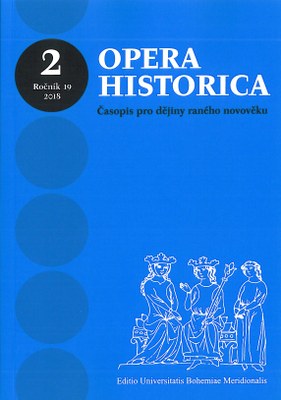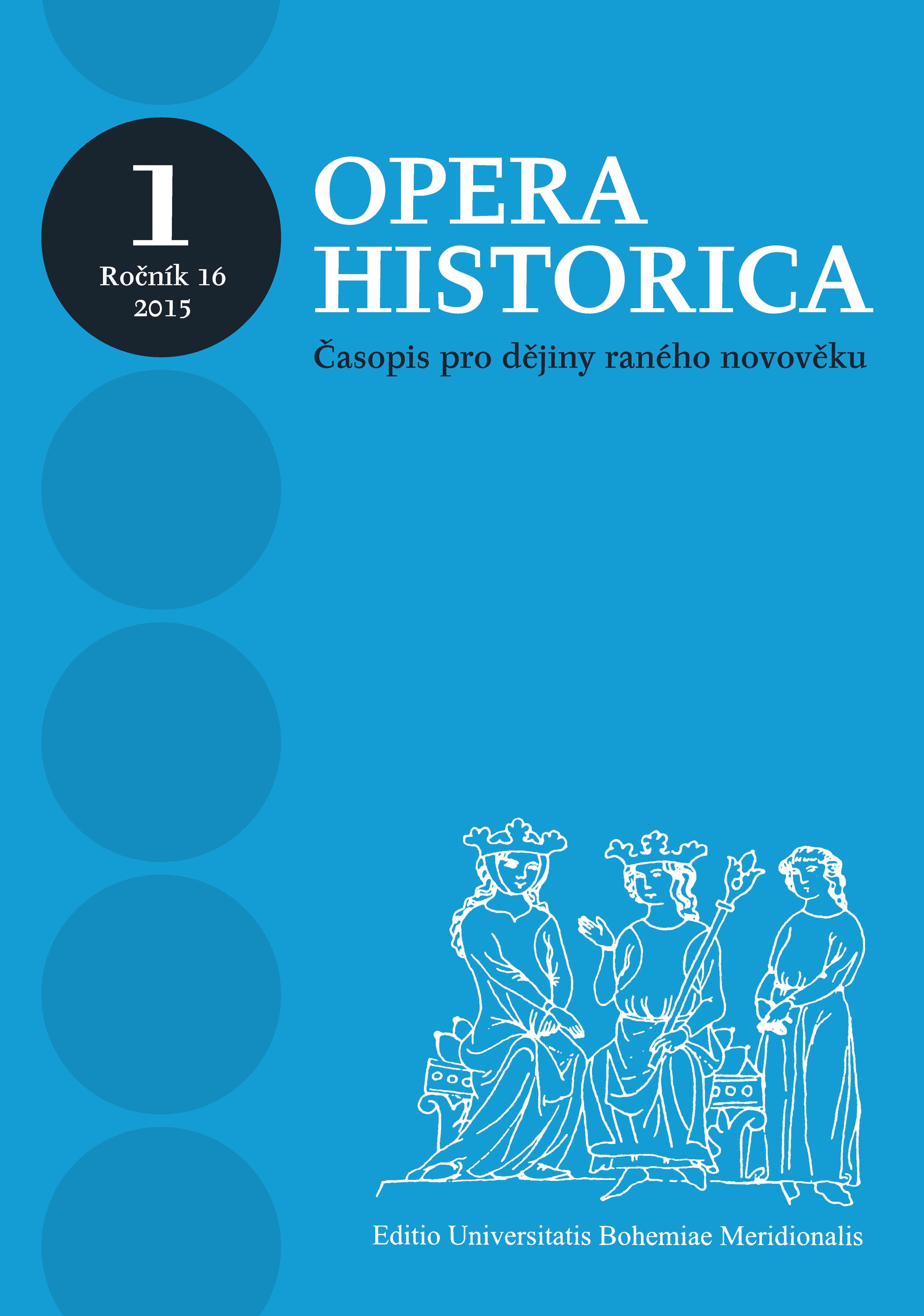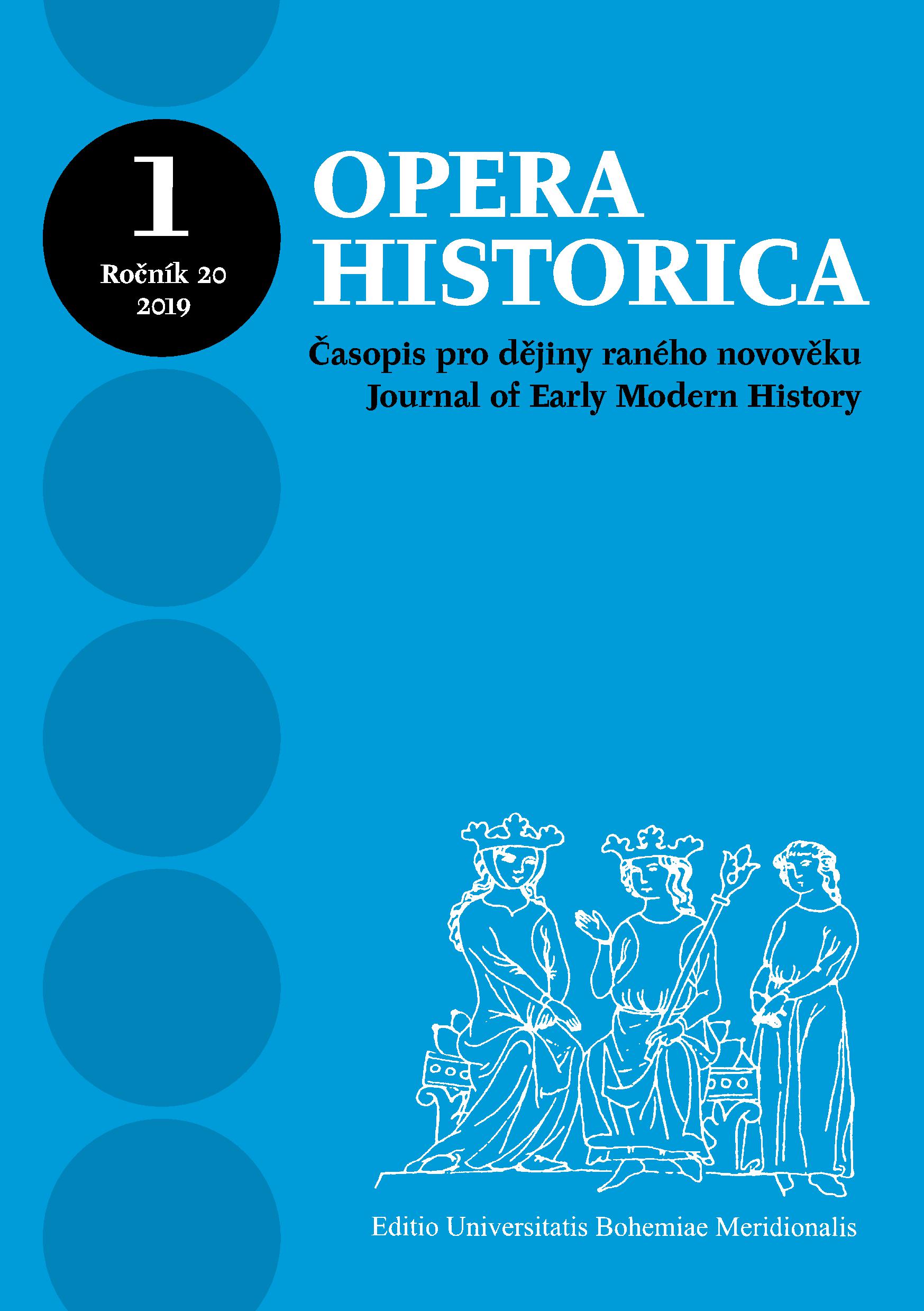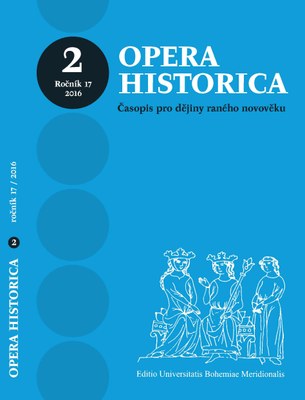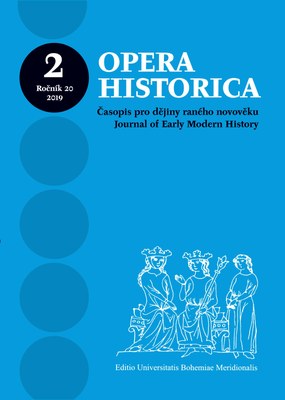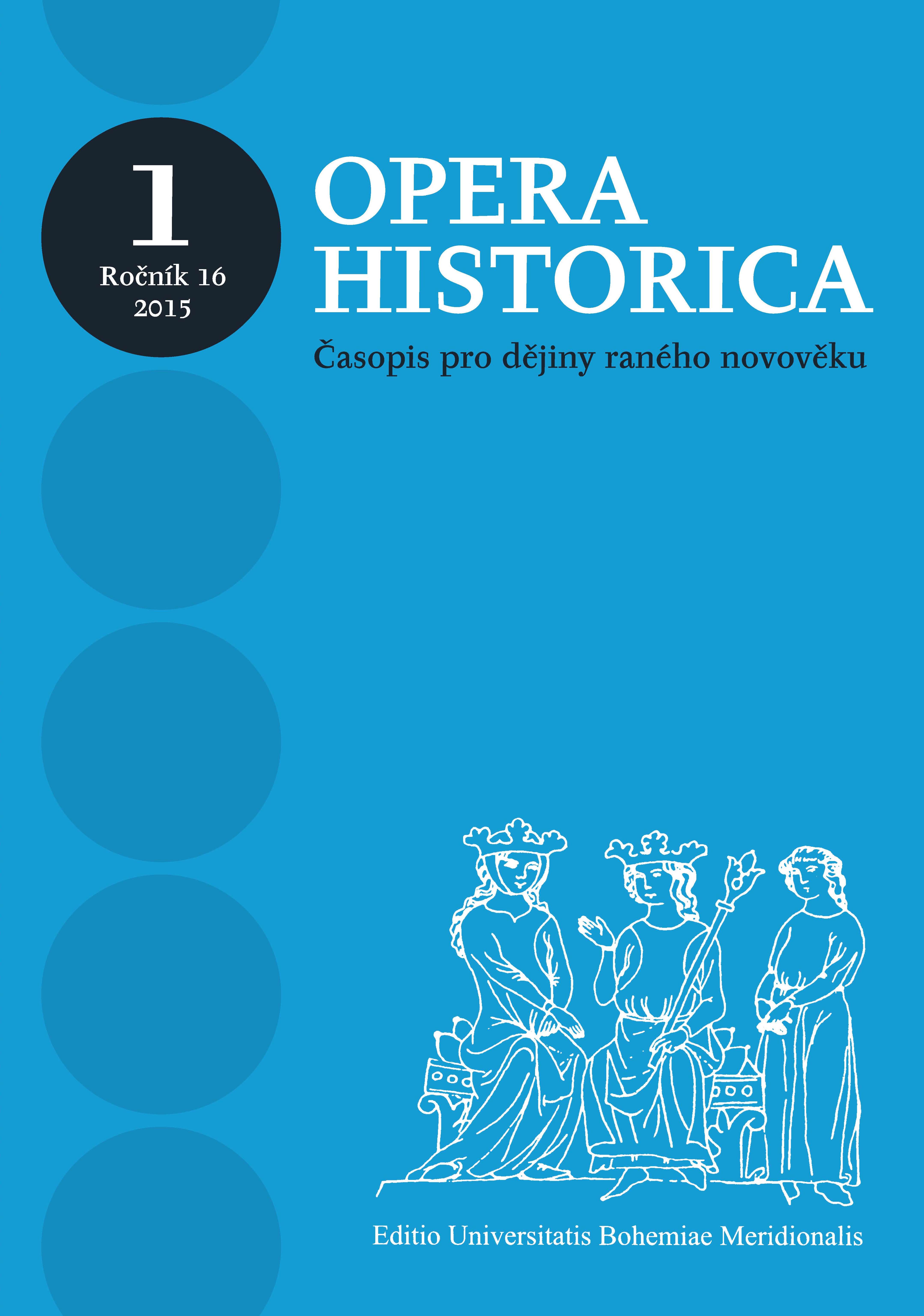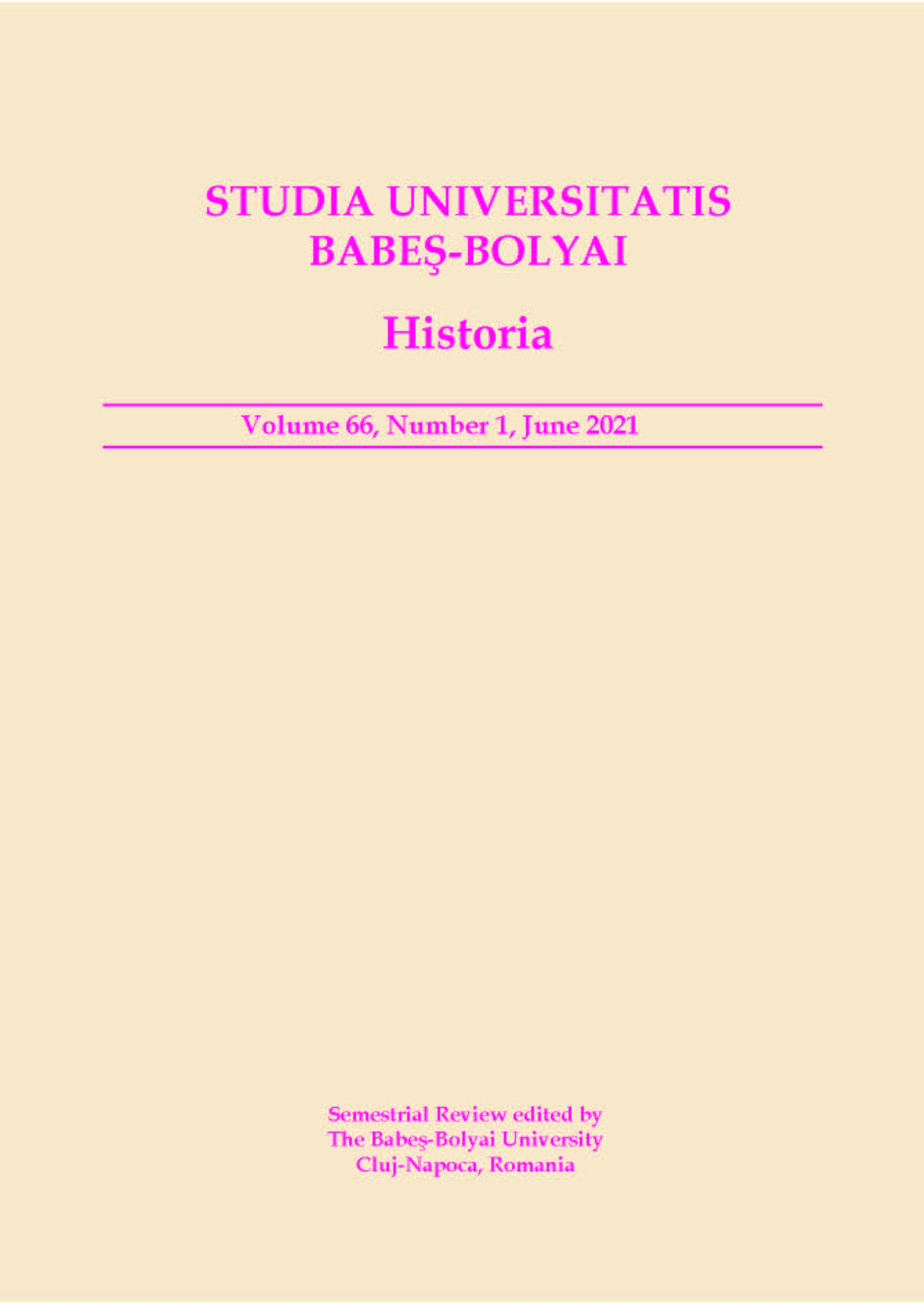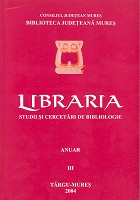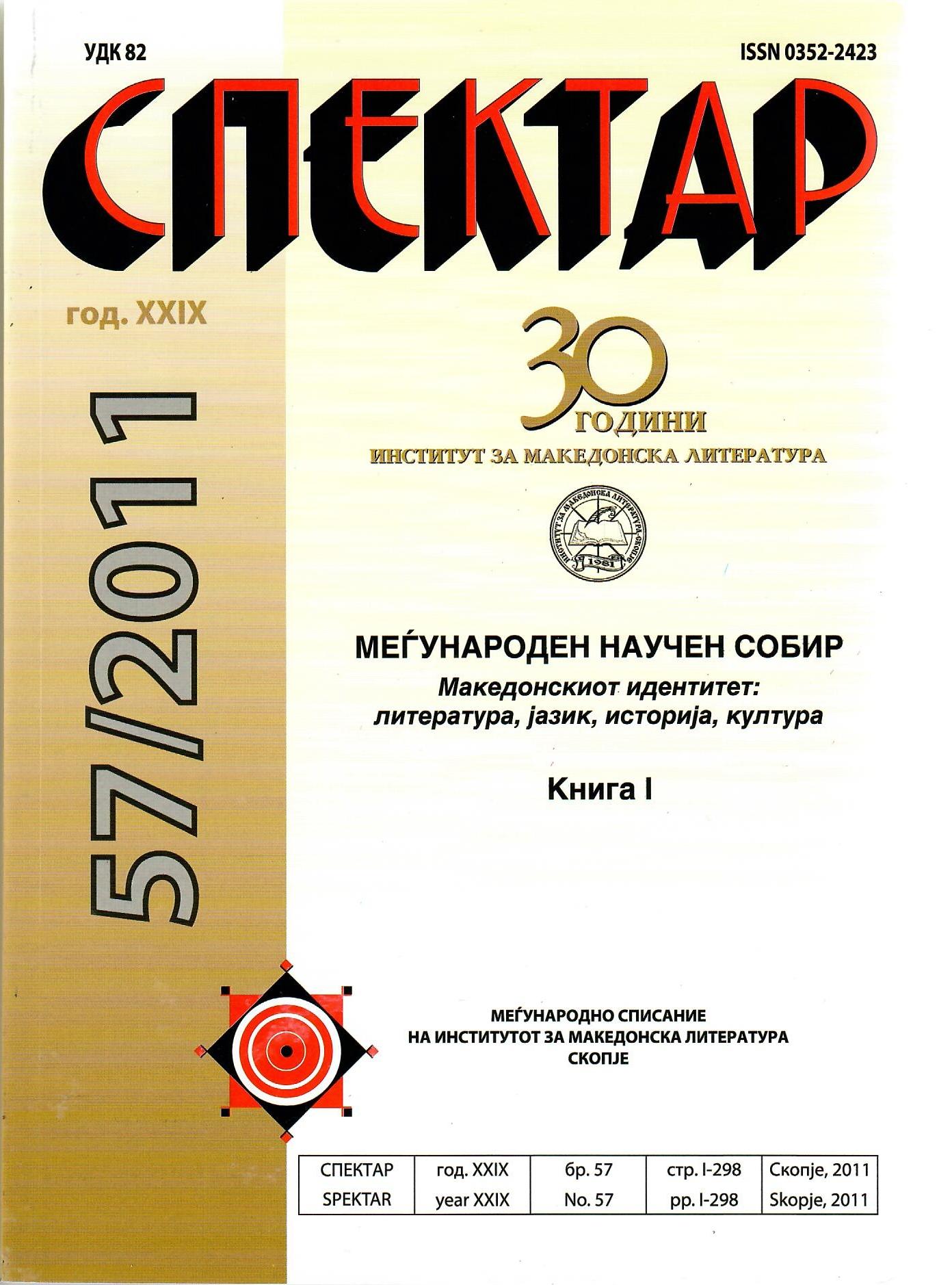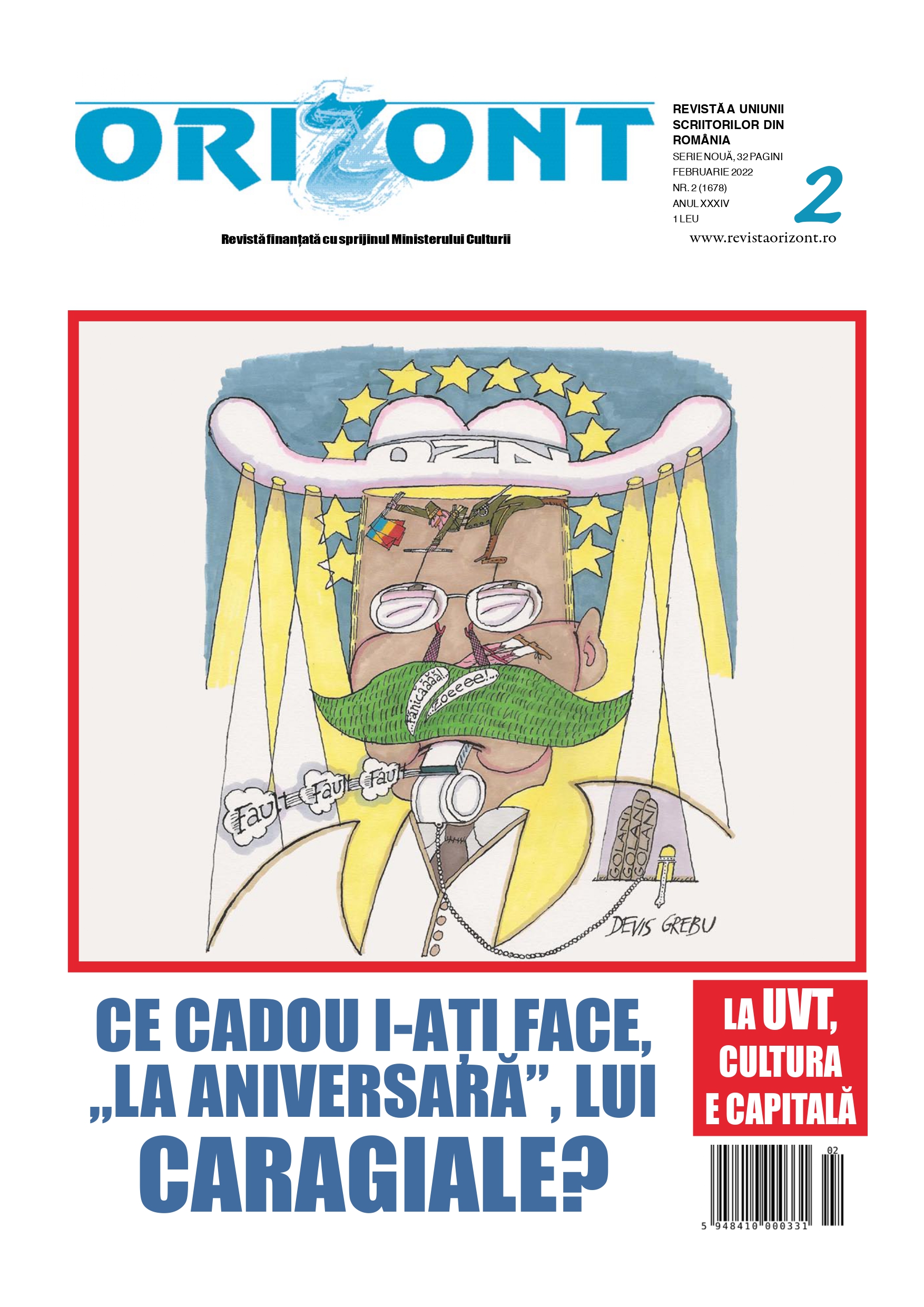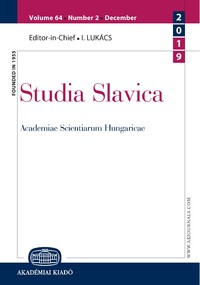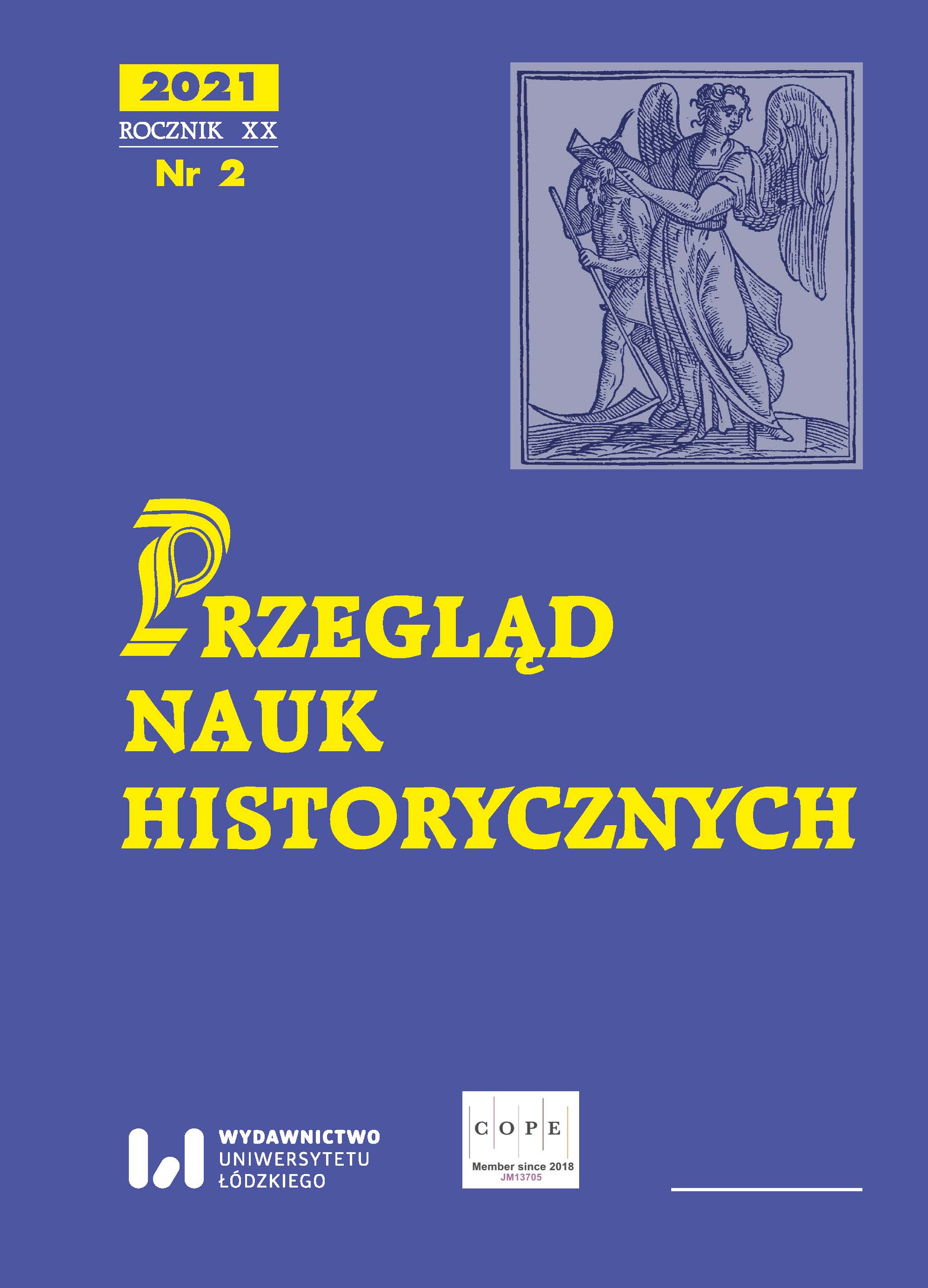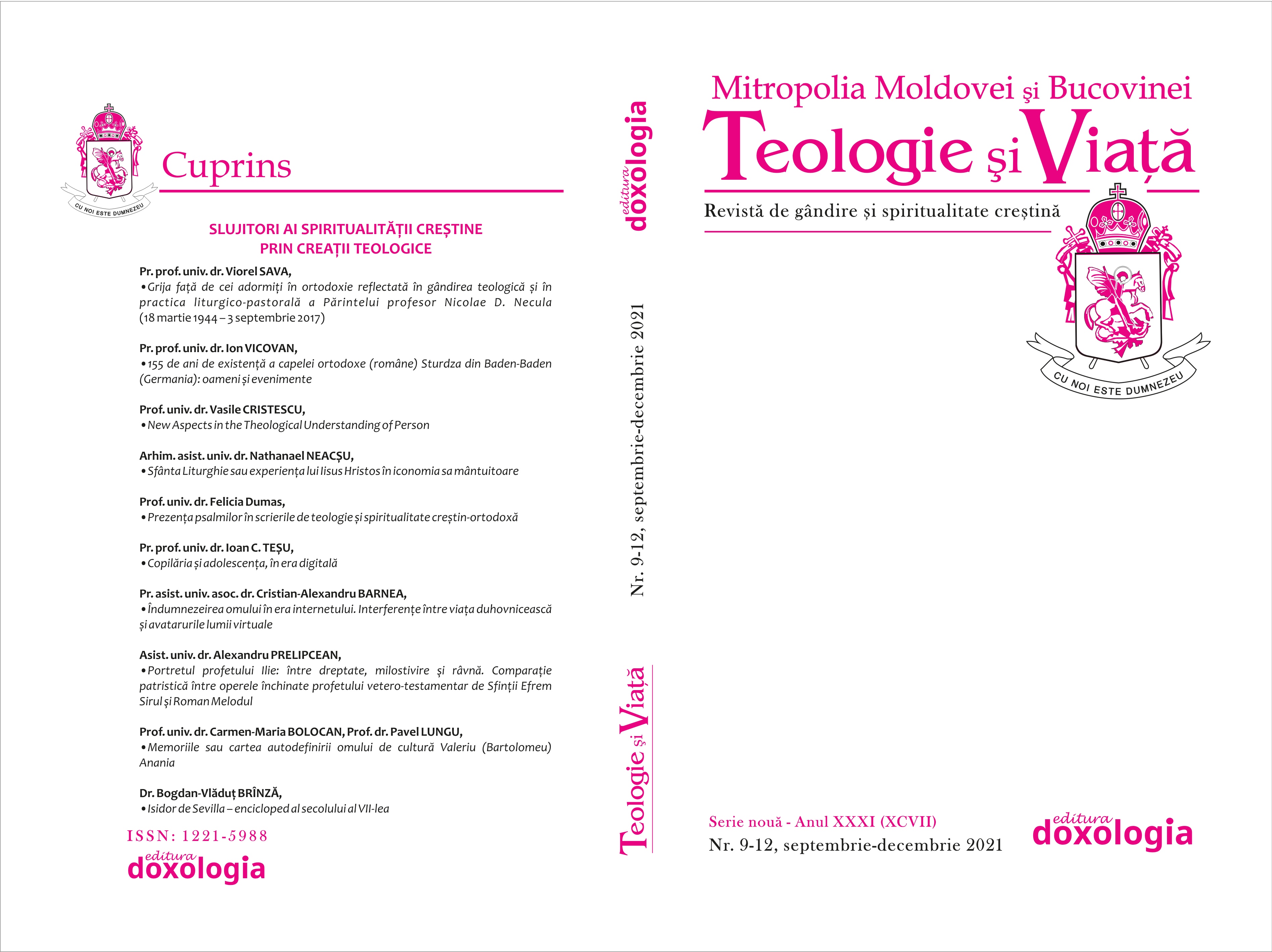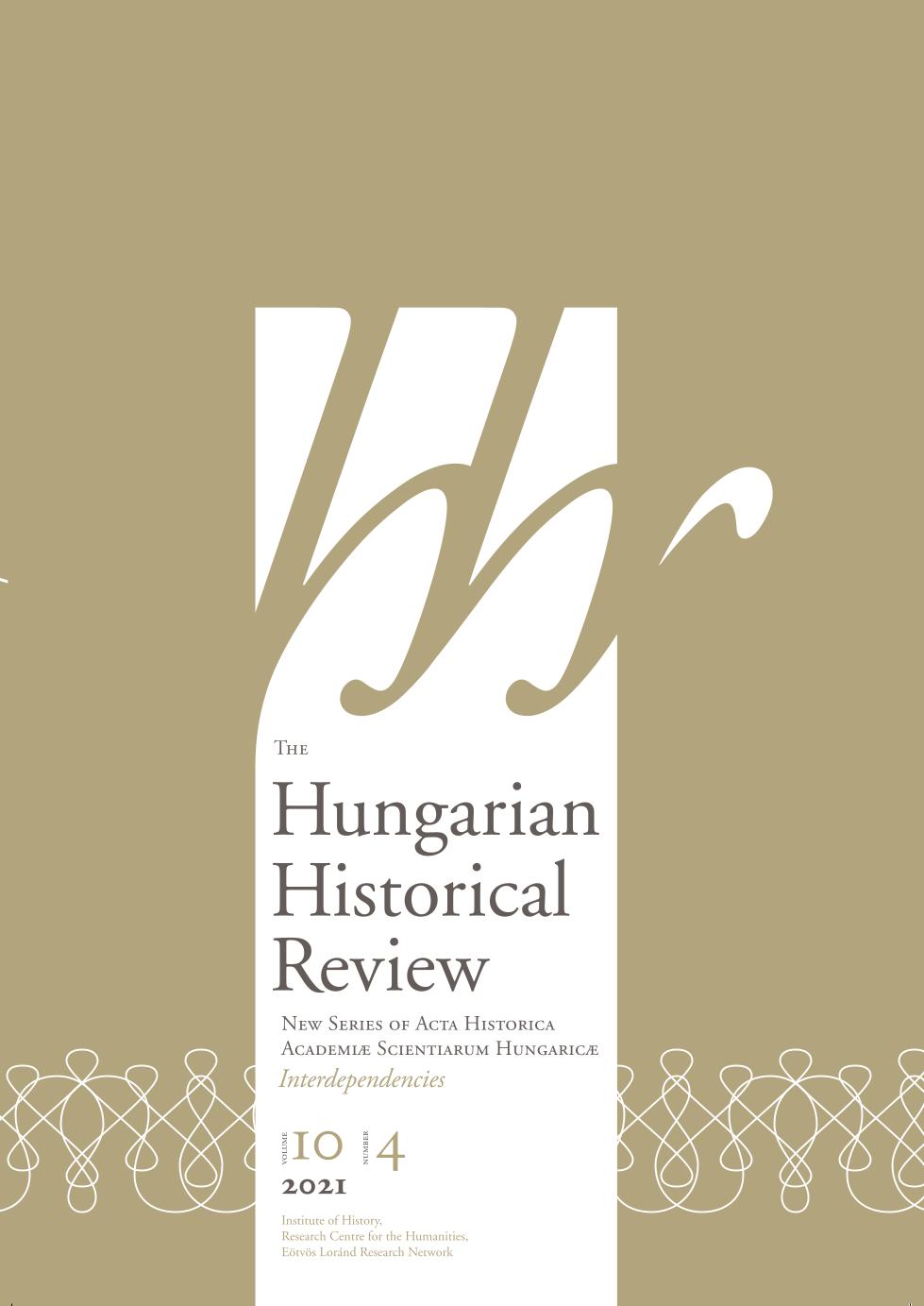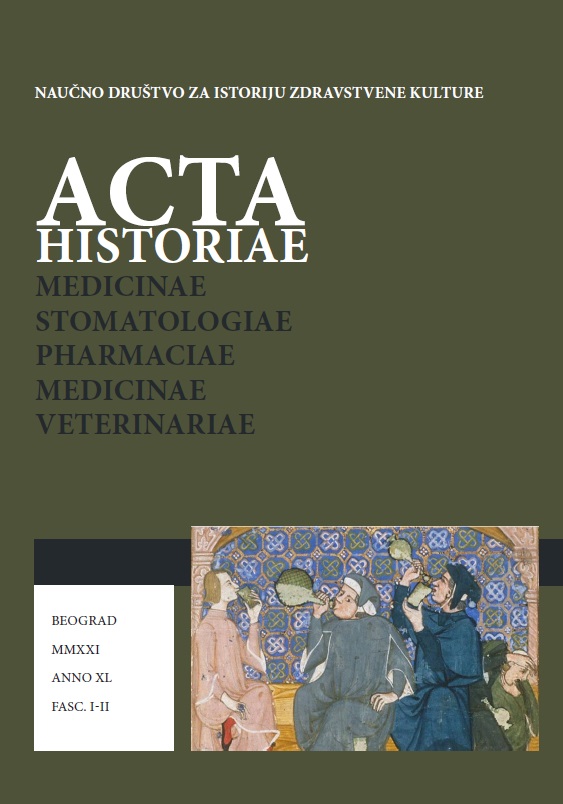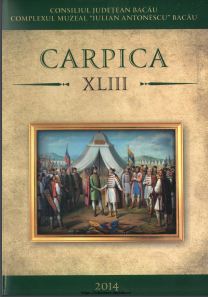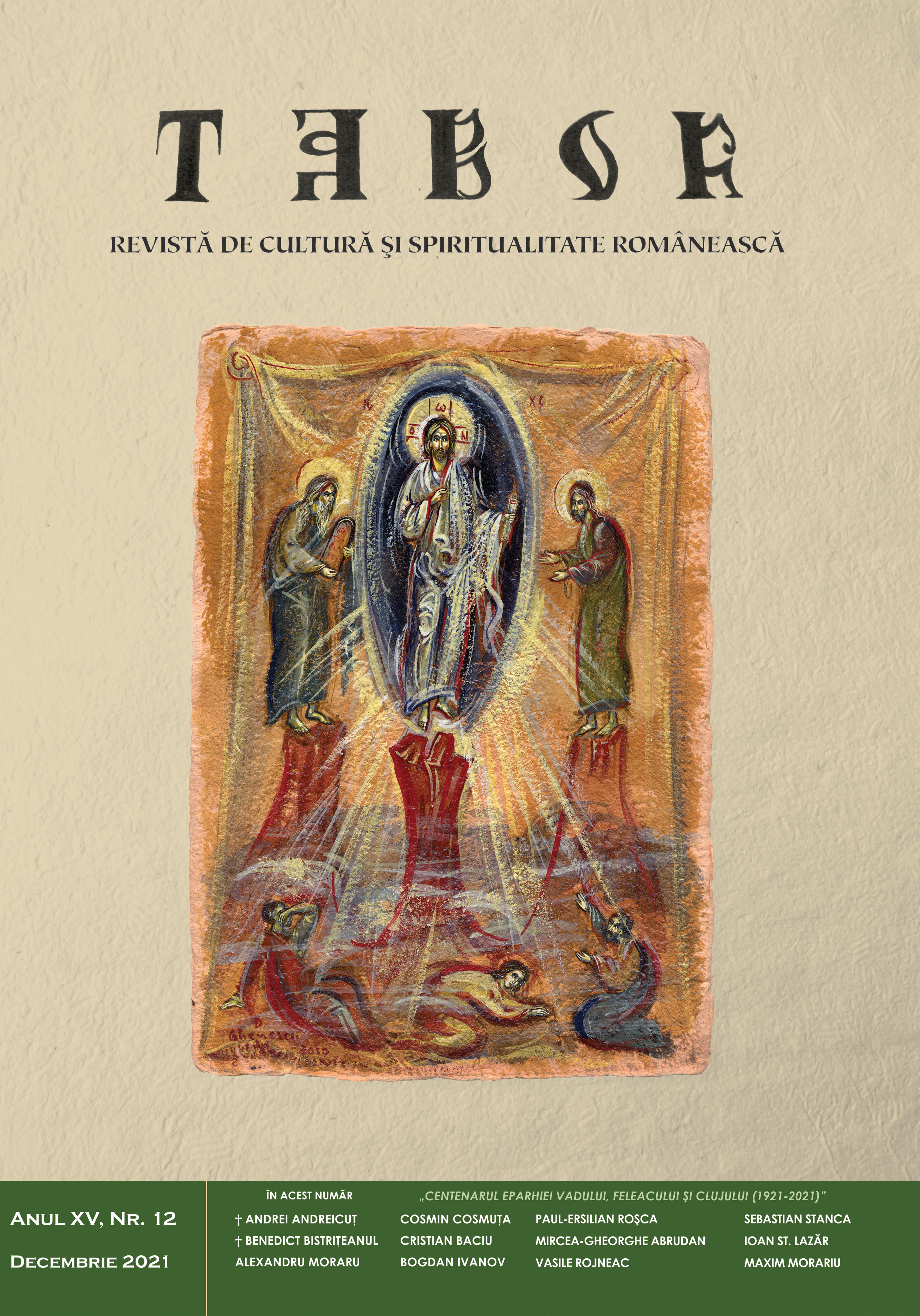Author(s): Jolanta Sujecka / Language(s): Macedonian
Issue: 57/2011
The analytical material for such a formulated subject will be the so-called
histories written from the mid-eighteenth century till the end of the nineteenth by
polymaths from the Slavia Orthodoxa circle in the Balkans, i.e. Paisij Hilendarski,
Jovan Rajić and G’org’a Pulevski. For them the context and point of reference were
the autobiography of Dositej Obradović and the journalistic writing of Vuk Karadžić from the beginning of the nineteenth century. The reasons for choosing such a broad historical and cultural framework are not only typological, but also genetic. All the histories are linked together through language, Ruthenian Slavia Orthodoxa editing, as well as due to the sources used, from Mavro Orbini (1601, Il Regno degli Slavi), through Đorđe Branković (1684-1688, Hronika Slovena Ilhirika, Gornje Mezije i Donje Mezije), Charles du fresne du Cange (1746, Historia Byzantina), who was propagated in the circle of Habsburg Serbs by Hungarian historian and publisher Jan Tomka Saski, the sixteenth�century Chronicles (De origine et rebus gestis Polonorum) by Marcin Kromer, and ending with the Russian Sinopsis, published in St Petersburg in 1810. The title image of the neighbourhood, reproduced on the basis of texts from the Slavia Orthodoxa circle in the Balkans from the mid-eighteenth century to the end of the ninetheenth create a multi-layered structure. Through the sources, which all the polymaths referred to, we can discover contacts - direct and indirect ones – that shaped their way of thinking, and was verbalized in the image of the history of South-Eastern Europe / the Balkans. On the other hand, ancient history highlighted by historical writers, serves not only to show their “own” Serbian, Bulgarian, Macedonian cultural and historical roots, but also creates an image of the Balkans, in which their ancestors from Antiquity are “smoothly” replaced by Slavonic Serbian, Slavonic Bulgarian and Slavonic Macedonian tsars, kings and princes.
Thus in the histories of Hilendarski, Rajić and Pulevski, the role of Greek and
Roman Antiquity does not boil down to a parallel that honours one’s own national
history. Understood through the popularization of mediators, in the above
mentioned histories, Greek and Roman Antiquity replaces the disintegrating
confessional ties of the Slavia Orthodoxa which was shaped within the sphere of
the Byzantine’s cultural influence. And it is the Byzantine’s circle, treated as being
native that seems to be the main “supplier of Antiquity”, present throughout the
whole Ottoman period in written texts, “domesticated” by iconography and
transferred, as a way of thinking / one’s own tradition to writers of the modern era.
More...
